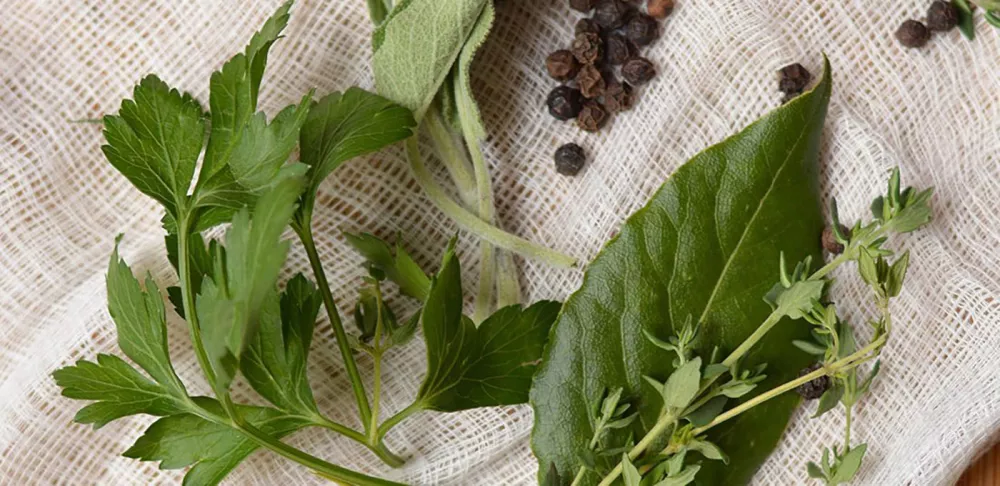The use of herbs and spices in traditional combinations is often the unique signature of global cuisines. For example, chervil and chives are common French herbs.
The Natural Gourmet Center is now Health-Supportive Culinary Arts at the Institute of Culinary Education.
These herbs and spices are staples of classic French cooking.
Fines herbes: These include tarragon, chives, chervil and parsley. They're referred to as such due to their delicate flavors. As opposed to more robust French herbs, like oregano, marjoram, rosemary and thyme, their delicateness make them more suitable for seasoning at the end of a dish, rather than cooked within the dish.
Persillade: A mixture of chopped parsley and garlic (sometimes with oil and vinegar), cooked or added raw at the end of cooking. This is a classic addition to roasted potatoes.
Herbes de Provence:A Provençal mixture of marjoram, rosemary, thyme, oregano and lavender (for the US market). This combination is used for meat, fowl, fish, soups and stews.
Nutmeg: Adds nuttiness and fragrance to sauces, such as béchamel, and desserts, like pain d'épices.
Tarragon: This licorice-flavored herb is used in cooking poultry and seafood, but also to infuse vinegar and flavor mustard.
Saffron: Known as the most expensive spice in the world, these bright red threads are used in Mediterranean seafood dishes of Southern France, such as Bouillabaisse.
Bouquet garni:Usually tied together with string or wrapped in a cheese cloth, the "garnished bouquet" is used to flavor soups and stocks. It usually consists of sage, parsley, thyme, bay leaf and peppercorns.
This post was originally published by the Natural Gourmet Institute. Learn more about today's Natural Gourmet Center.


